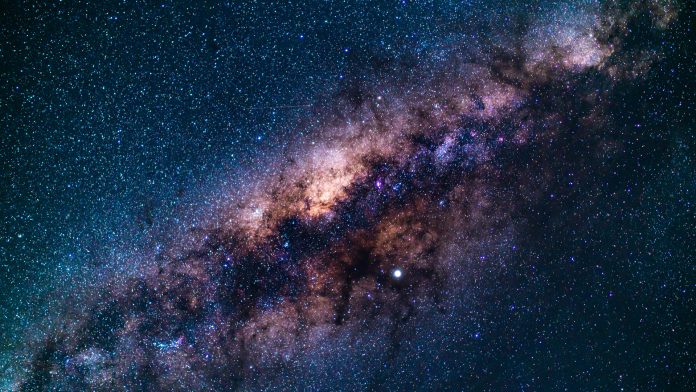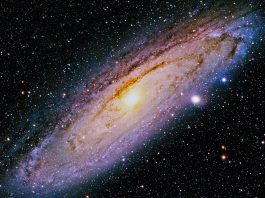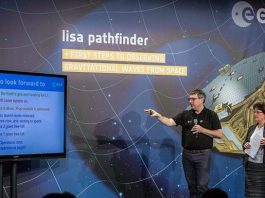In the first study of its kind, scientists have revealed the enigmatic origins of the Milky Way, indicating that our home galaxy evolved gradually instead of in a violent collision.
The investigation, led by Australia’s ARC Centre of Excellence for All Sky Astrophysics in 3 Dimensions (ASTRO 3D) and the University of Sydney, conducted the first detailed cross-section of a galaxy comparable to the Milky Way, with the analysis inferring a steady evolution for our galaxy, instead of the once believed fiery origins of a collision.
The Milky Way-like galaxy examined is called UGC 10738 – boasting a similar plethora of thin and thick discs as the Milky Way – indicating that its formation was the result of a peaceful evolution instead of a violent collision with another galaxy, meaning the genesis of our galaxy was archetypal.
Dr Nicholas Scott, one of the leaders of the investigation, said: “Our observations indicate that the Milky Way’s thin and thick discs didn’t come about because of a gigantic mash-up, but a sort-of ‘default’ path of galaxy formation and evolution. From these results, we think galaxies with the Milky Way’s particular structures and properties could be described as the ‘normal’ ones.
“It was thought that the Milky Way’s thin and thick discs formed after a rare violent merger and so probably wouldn’t be found in other spiral galaxies. Our research shows that’s probably wrong, and it evolved ‘naturally’ without catastrophic interventions. This means Milky Way-type galaxies are probably very common. “It also means we can use existing very detailed observations of the Milky Way as tools to analyse better much more distant galaxies which, for obvious reasons, we can’t see as well.”
The analysis of UGC 10738 signified that it has a thick disc of ancient stars, which was distinguished by their low ratio of hydrogen and helium to iron, with its younger discs consisting more predominantly of metal. Although prior studies had hypothesised about discs revealing the mysterious origins of galaxies, until now, there had been no way of analysing this theory. The team overcame this by utilising the European Southern Observatory’s Very Large Telescope in Chile, where they were able to examine the cross-section of UGC 10738 that resides over 320 million light-years away from earth.
Dr Jesse van de Sande, the co-leader of the investigation, explained: “Using an instrument called the multi-unit spectroscopic explorer, or MUSE, we were able to assess the metal ratios of the stars in its thick and thin discs. They were pretty much the same as those in the Milky Way – ancient stars in the thick disc, younger stars in the thin one. We’re looking at some other galaxies to make sure, but that’s pretty strong evidence that the two galaxies evolved in the same way.”
Scott added: “UGC 10738’s edge-on orientation meant it was simple to see which type of stars were in each disc. It’s a bit like telling apart short people from tall people; if you try to do it from overhead, it’s impossible, but if you look from the side, it’s relatively easy.”









